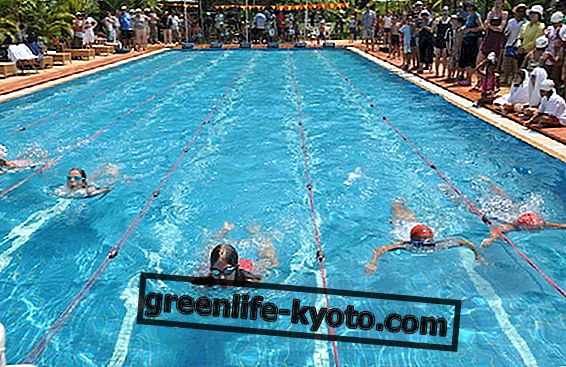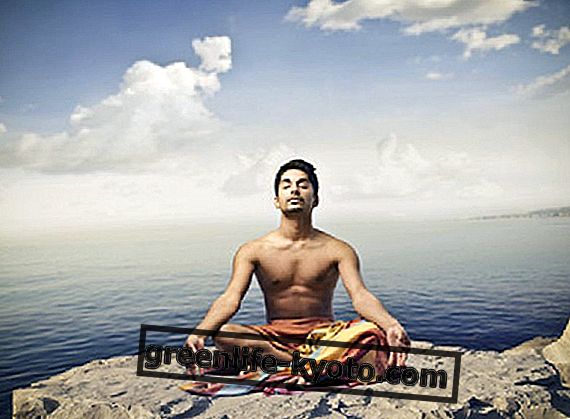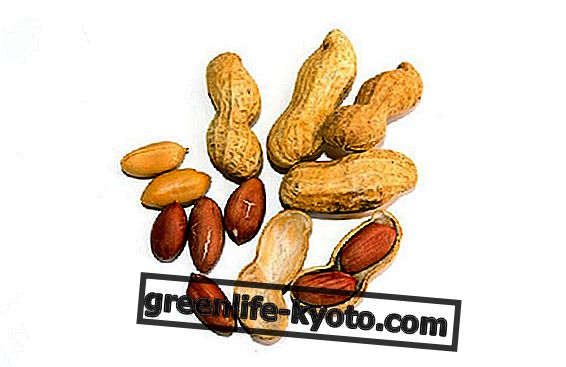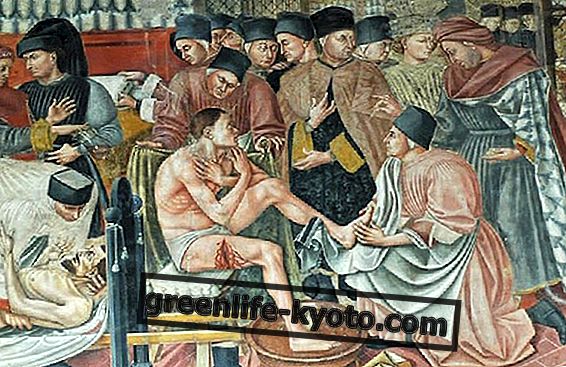
Valentina Vezzali? He trains 7 hours a day. Carolina Kostner has been training since the age of 3 years. The precision, the balance, the response times are worked in the shop. Talent joins the discipline.
But it can also happen that a limit becomes a strength . Such as? Working of originality and adaptation, as did Dick Fosbury in 1968; with him the high jump definitely revolutionized ... The American athlete had limited motor skills compared to his rivals in the "ventral" saint. He invented himself to jump back, to the amazement and skepticism of the spectators. His body rearranged itself on an original idea born of an impulse to make it anyway.
Can we make such a change too? Yes, everyone, absolutely yes.
We enter the brain and discover how we use it, when we are on the move.
The brain and movements
Three brain centers are involved in the movement:
- Cerebellum, receives impulses from the spinal cord and brain, refining visual-spatial coordination and motor gestures;
- Limbic system, manages emotions and internal motivations. It is from this area that the tolerance to fatigue and the tolerability of each one's pain depends;
- Telencephalon, separates the relevant information, makes decisions, meditates cognitive strategies aimed at victory or the complete execution of the movement. Transmits voluntary orders to the body musculature.
What are the sports that improve memory?
Watch sport in everyday life
Efficient in movement, efficient in everyday life. A study by the Brain Mind Institute of Lausanne has confirmed that tennis players have a high degree of precision in identifying moving objects that make them endow with a greater visual perception than athletes from other disciplines.
This specific skill is also reflected in more general skills transferable to different life contexts. In summary, the competence to be sought is not so much that in the specific gesture but the ability to adapt knowledge to different levels, as in the case of the aforementioned Fosbury.
We can work on developing this competence even when we are not training properly. When we look at an athlete, what is activated? The encephalon . So, when you are on the couch, and watch games of any sport, involve two areas: occipital intrastriatal and frontal, temporal.
Watching sporting events allows us to develop declarative memory and activate mirror neurons, a class of neurons originally discovered in the premotor cortex and later identified also in the inferior parietal lobe of the macacoche that are activated both during the execution of a motor act and when you watch someone else do that same kind of gesture.
In other words, when we look at the execution of athletic gestures, we memorize what we have seen and expand our ability to use our body .
Of course, we're not inducing you to the armchair. It is also necessary to try and retry a gesture, to guide hyper-learned actions with practice. By trying and trying again, you gain more body knowledge and additional physical competence. Learning by trial and error creates a useful pathway for the brain .
Those who love football, between stops (inelastic collisions) and head shots, train day after day to make decisions in optimal times. Tennis players train the nervous system to give fast and precise answers; it benefits the visual-spatial coordination.
The basketball players know how to accurately predict the outcome of a free throw by observing the movements of the thrower's hand, as a cricket player can judge the shot according to the movement of preparation of the arm. In those who start lifting weights for a month and a half every day, the muscle fibers begin to work compact.
The athlete of the long jump knows how to calculate the speed of his run-up with the take-off angle (about 26 degrees), becoming more and more familiar with the parabola that he performs with his body.
Even without the cortical specialization of a professional athlete, we can work on the visual spectrum, sensory modalities and cognitive strategies.
Shoes and breath, good workout.













